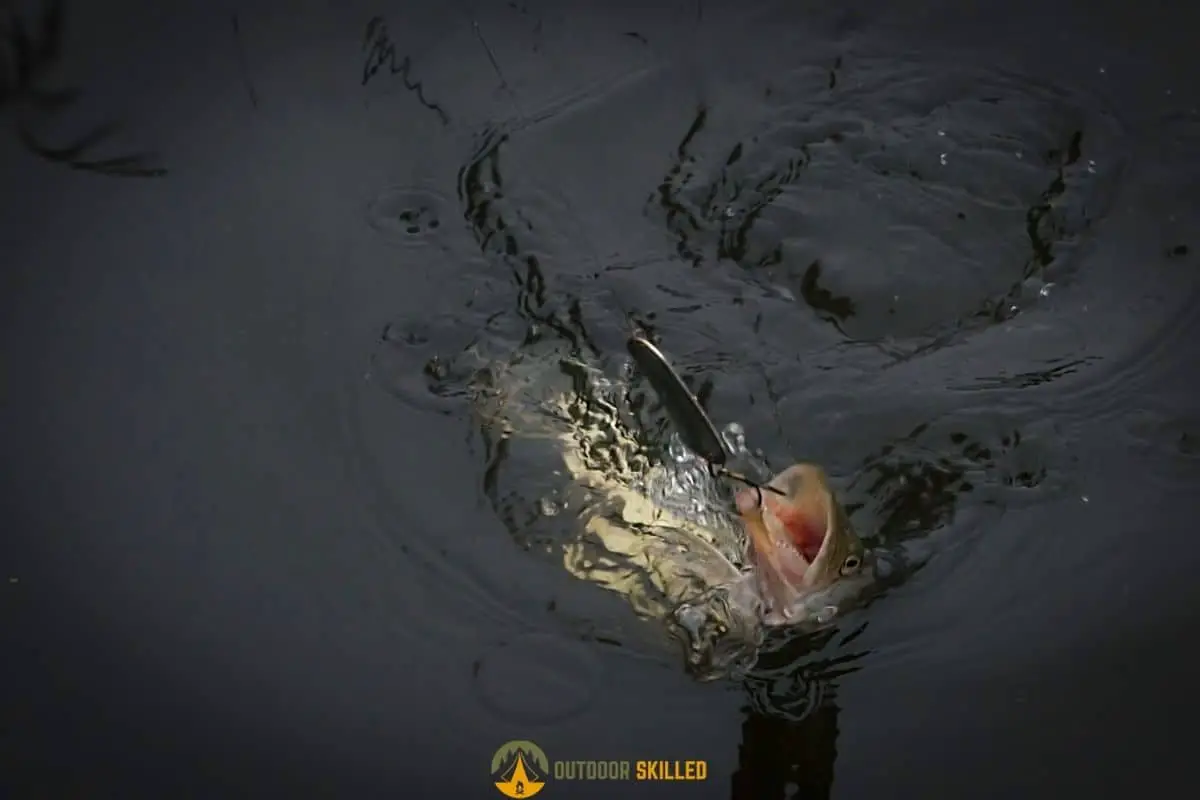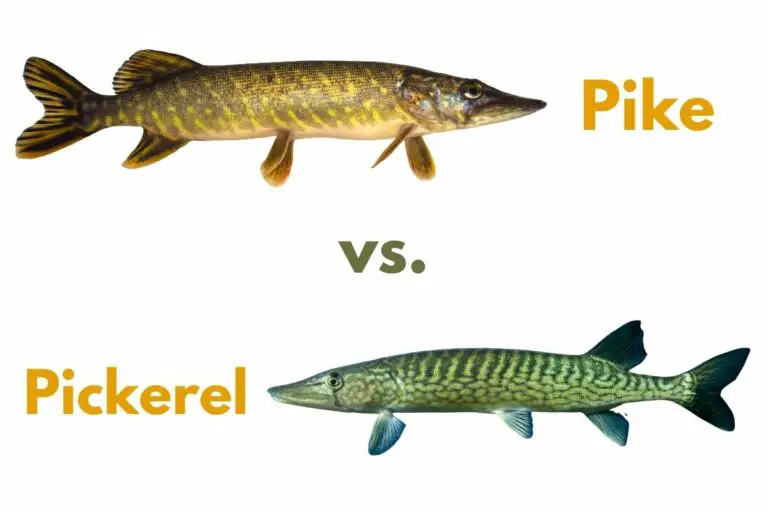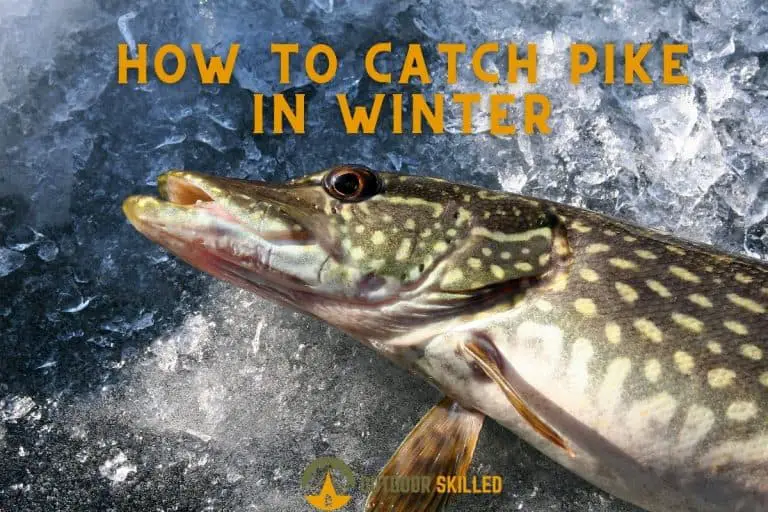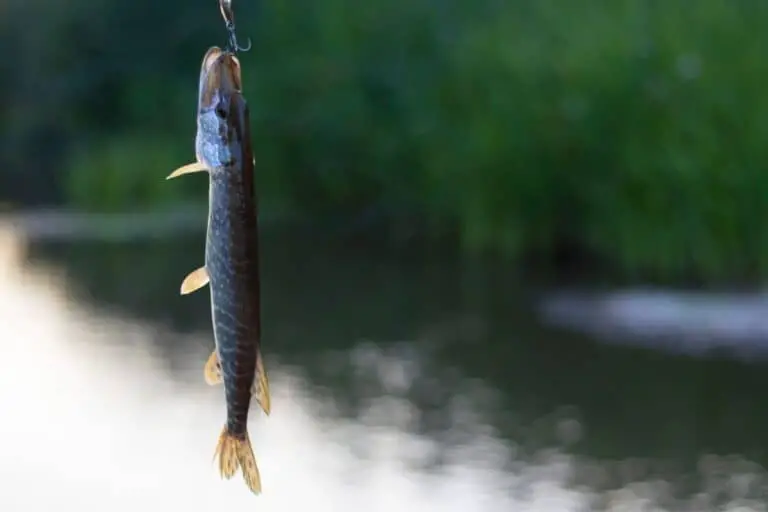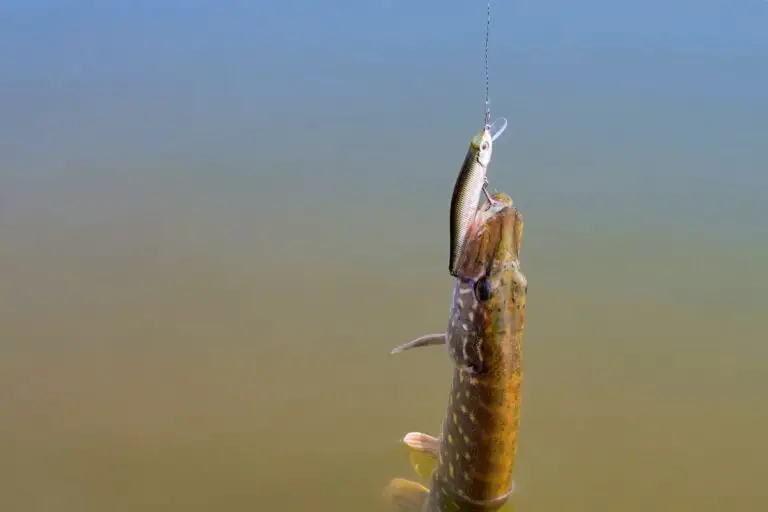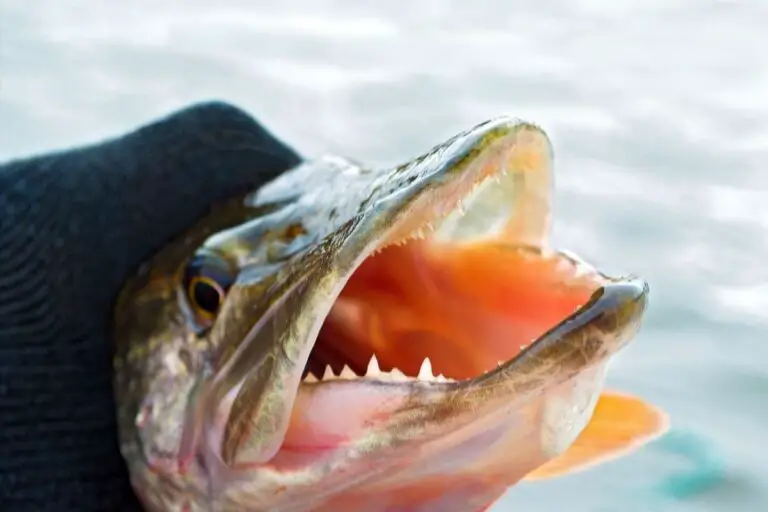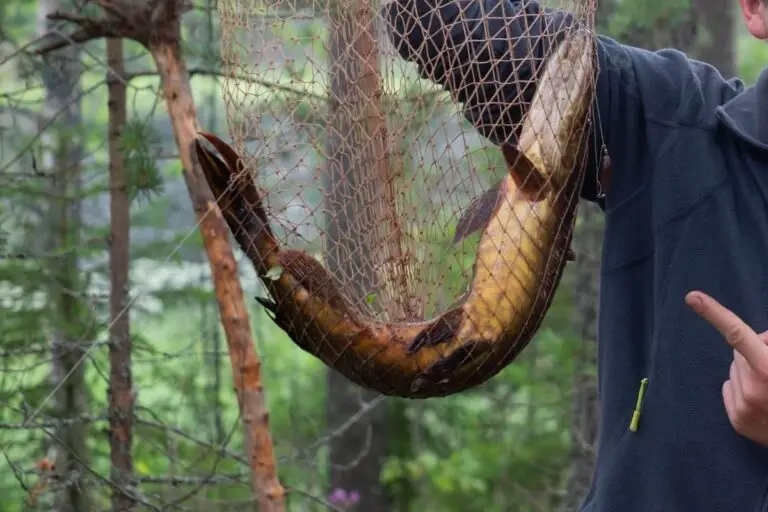Where to Find Pike in Canals? Overlooked Opportunities You’re Missing
Many people don’t know that you can find predators in the still waters. However, many big predatory fish can be caught in a still water body such as canals and one of these fish is the mighty pike. With paying attention to small details and techniques, you can catch pike from a canal that you didn’t know they can live in.
So, where to find pike in canals? To find pike in canals you need to search around the features such as bridges, overhanging trees, bushes, and reed beds. In colder months, seek deeper warmer sections of the canal, and spots like locks, marinas, and boatyards are prime locations for pike then.
Keep reading to know more about how to catch pike in canals. If you want better chances catching pike, check out my guide on the best fly fishing lines here as well.
Table of Contents
Where To Find Pike In A Canal?
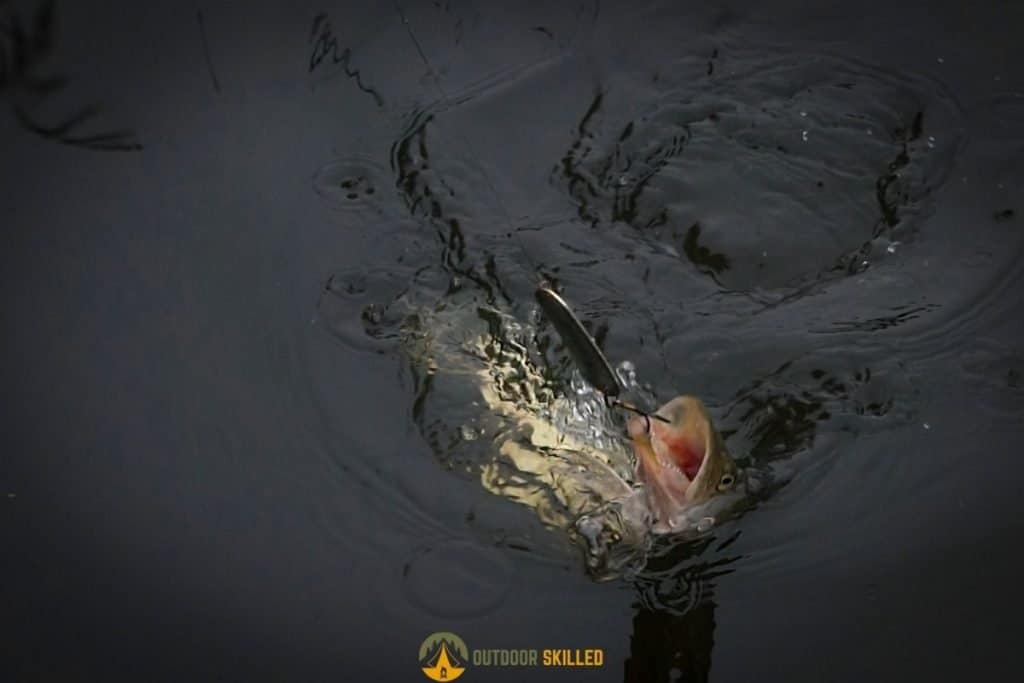
To fish for pike in a canal, you must know that spotting their location is your key. As a general rule for pike, find prey fish and you’ll find pike. In addition to that, features in the canal attract pike so whenever you spot a feature you’re likely to find pike.
Look for features such as bridges, overhanging trees, bushes, and reed beds. Since pike responds to water temperatures, they seek warmer areas when it gets cold which is most likely to be the deeper areas of the canal. That’s when you search for locks, marinas, and boatyards.
Waters that are clear and weedy suit the hunting style of the pike. Once you locate pike, it’s very simple to catch them. Pike prefer to hunt by sight and so thrive in the less heavily boated canals. Fishing for pike requires the angler to roam rather than sit in one place.
Since pike can grow to be very big, your tackle must be of excellent quality. Because of the pike’s sharp teeth, a wire trace between the lure and mainline, as well as a large pair of forceps, are needed to extract the hook. If you gain experience fishing for pike, you will begin using live or dead baits. Dead bait is almost exclusively used to catch large pike.
Best Time to Fish for Pike in a canal
So, what is the best time to fish for pike in a canal? The best time to fish for pike in a canal is only from October to March, this is the traditional pike fishing season. They’re active in these months when the oxygen level is high and they’re not spawning.
Many anglers argue that fishing for pike in canals is not exclusive to these months. As autumn eases into winter and the first frosts start to appear, you can find them deep in the canal waiting for an easy meal.
Targeting pike in these months makes the morning time the perfect time to hit the canal. Early morning, just before the sun rises, is an ideal time to hunt hungry pike. They can be found in open or shallow water, looking for their first meal of the day.
Best Pike Lures For Canal Fishing

Any seasoned angler would almost certainly mention spinnerbait while describing the best northern pike lures available. Among the numerous spinnerbaits available, the Booyah Pike has long been a versatile lure for pike. It’s a great option for handling thick weeds, and seasoned anglers will work it in all water depths.
If the canal you’re fishing in has rough structures or thick weeds, the minnow spoons work best. You can go for the Johnson Silver Minnow Spoon. The Silver Minnow will glide through the thickest reeds, lily pads, underwater weeds, and other structures without being entangled. With its flash and vibration, this lure’s natural wobble does an excellent job of imitating baitfish.
The Mepps Musky Killer Spinner is one of the best lures for pike fishing as well as musky fishing. It is arguably the simplest one to use. Since there is no difference in how to retrieve it after a cast, the natural flash and vibration can do all of the work in drawing fish to your line.
3 Pro-tips You Must Know
- Keep your lure in the water. When walking from swim to swim, throw your lure out and ‘walk the dog’ to your next swim to increase your odds of catching pike.
- Change up your colors, dark, bright, multi-colored. Don’t be afraid to try unnatural colors because on some days they’re what can be used to get pike to bite.
- Use light tackle and pack light. You’ll be out for a few hours, so the last thing you need is to be lugging around a large bag with all of your tackle. Carry just the necessary components.
Best Rigs For Canal Fishing
When it comes to pike fishing, the running ledger rig comes in handy in almost all situations including fishing canals. This bait fishing rig is designed to fish lure on the bottom of a canal, which can be perfect in the winter months. The rig itself comprises a run ring, buffer bead, quick-change link, a lead, and a wire trace.
The run ring is attached to the mainline and serves mainly to minimize resistance when a pike takes up a lure and heads along with it. Because of its oversized bore, it allows the line to freely pass around the run ring. A tiny eyelet is located underneath the large bore of a run ring. This is used to attach a lead weak link which is important, particularly if you’re fishing in places where snags can be found.
Then comes the buffer bead which has two jobs; to shield the mainline knot from harm by working as a shock absorber, and it prevents the run ring from moving down over the fast change link and onto the wire trace. Then you need to pick a lead that balances your overall rig.
To present this rig properly, cast it to your chosen location and then feather the line just before the rig hits the water. If the rig has reached the bottom, check to see if the line has settled and reel down until the line is full taut and you can feel the weight of lead.
If you’re fishing in a weedless canal, the previous presentation will work fine; if you’re not, you’ll need to make a few changes. Using a floating ledger stem, you will be able to present a weed-free rig in these weedy places. Buoyancy from the ledger stems can help keep your mainline above the weedy zones.
Related Questions
Where Can I Find Pike In Rivers?
You can find pike in rivers away from the stream, hiding in water weeds and lily pads. A good place to start will be at a river’s edge or at the mouth of a river. When the weather warms, pikes migrate to deeper waters in search of cooler temperatures.
Are Pike Good to Eat?
Yes, pike are good to eat. They have nutrients that help your body to be healthy including selenium, vitamin D, vitamin B-12, and niacin. Pike is also very tasty and appeals to many people when done right, and you can cook it in different ways.
Helpful Resources
Pike Fishing: The Practice the Passion by Mick Brown (you can also check it on Amazon here).
If you like this article, please share it or pin it, you can find the share buttons below. We will really appreciate it ❤️

